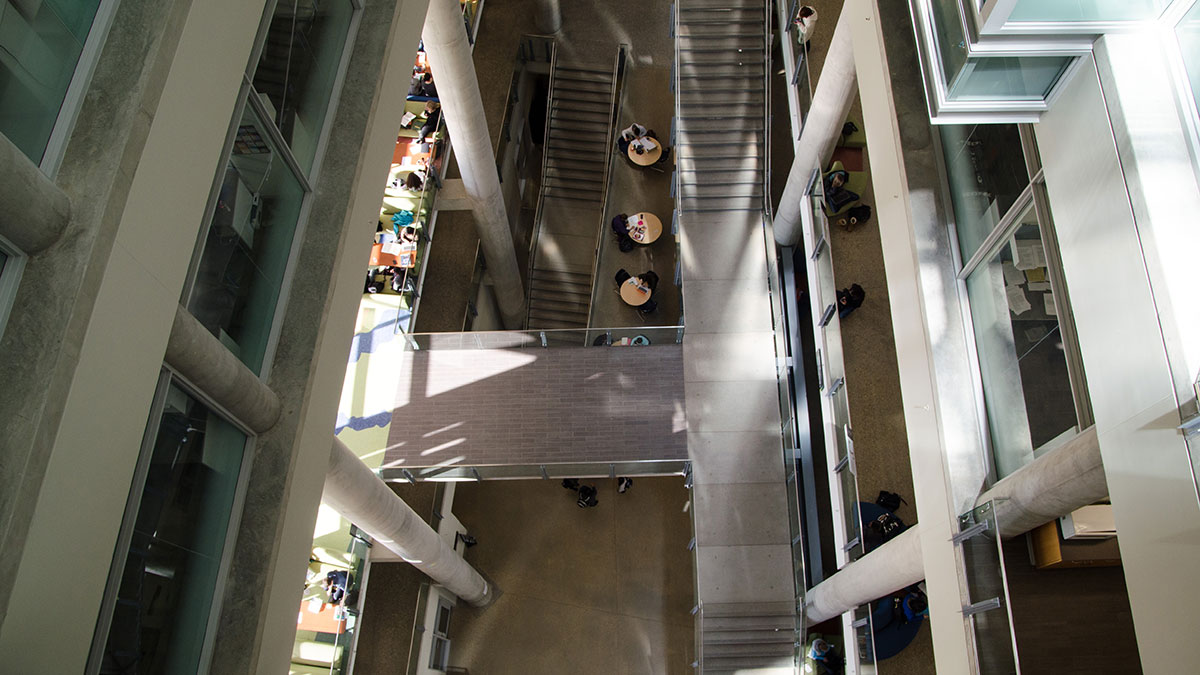Faculty of Science offering new InSciTEs into first-year experience
 Anthony Goertz
Anthony GoertzCertain first-year science students will soon be able to 3D-print and tackle global climate change in a new project-based interdisciplinary pilot program for the 2016-17 year.
The Faculty of Science’s new first-year cohort program, InSciTE (Interdisciplinary Science Threshold Experience) will integrate material from first-year courses into two interdisciplinary streams: life sciences and physical sciences.
All InSciTE students will take a special section of introductory chemistry, calculus and a new project-based course. Calculus courses in each stream will integrate ideas from biological sciences or the physical sciences. The program covers 15 of a full course load’s 30 credits, meaning students are free to choose the half of their remaining courses.
By the end of their first year, students will have ideally built soft skills such as critical thinking, problem-solving, communication and collaboration. Program success will be measured with entry and exit surveys from students and instructors.
The need for increased flexibility prompted the Faculty of Science to create InSciTE as the successor to Science 100, which was the faculty’s previous first-year cohort learning approach. Some students found Science 100 to be too rigid — it determined the entire course load of its first years and restricted some from taking desired electives, InSciTE consultant Collin Cupido said. The program also was limited to 40 students, which wasn’t sustainable, he added.
“While the (learning) environment was great, you couldn’t justify it in the state of the university,” Cupido, a U of A physics graduates said.
Cupido said he valued the cohort style of Science 100, and still speaks with instructors and students he met with the program. While he enjoyed his experience, other students faced challenges if they couldn’t complete a course, as they were integrated into one program, Cupido said.
The idea with InSciTE is to shift science education towards flexible, discovery-based learning, Interdisciplinary Science Academic Coordinator Michelle Spila said. The program will use projects and labs to show students techniques they can use to problem solve and allow students to ultimately choose what methods they wish to use.
“Typically chemistry labs are ‘Step one, do this; step two, do this; step three do this,’ and don’t hurt yourself in the process,” Spila said. “What we’re doing is flipping that.”
InSciTE projects will range from small-scale, such as 3D printing, to global in size, such as climate change. Students will be given the flexibility to choose projects and question topics interest them, with the intention of creating “scientific citizens,” Spila said. Other projects are currently in development.
High school students meeting general science prerequisites can now apply to join InSciTE, which has room for 200 students.




